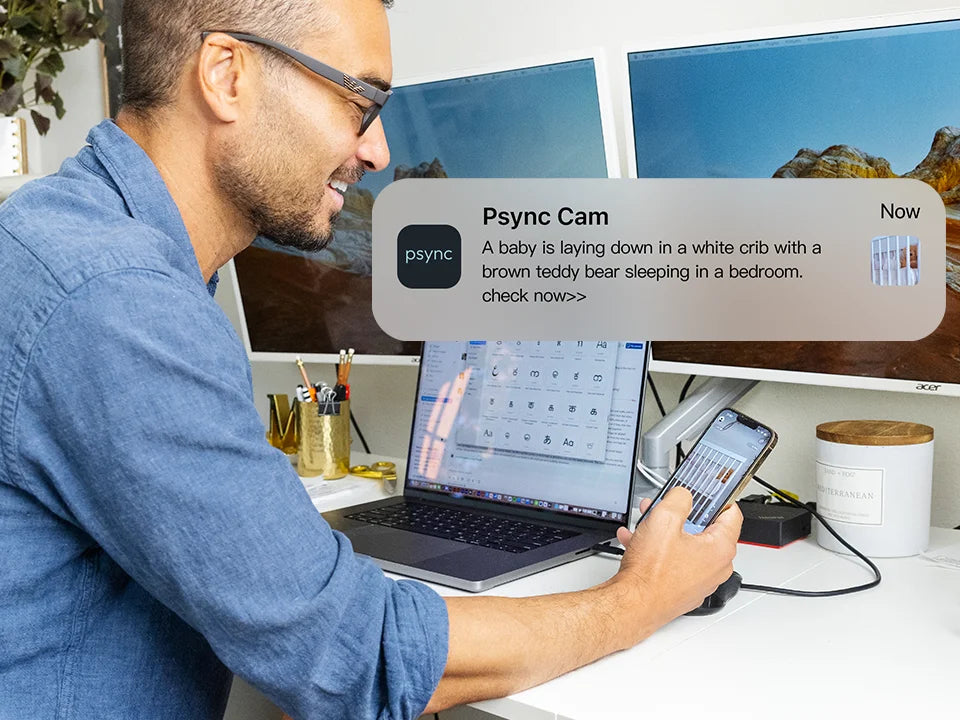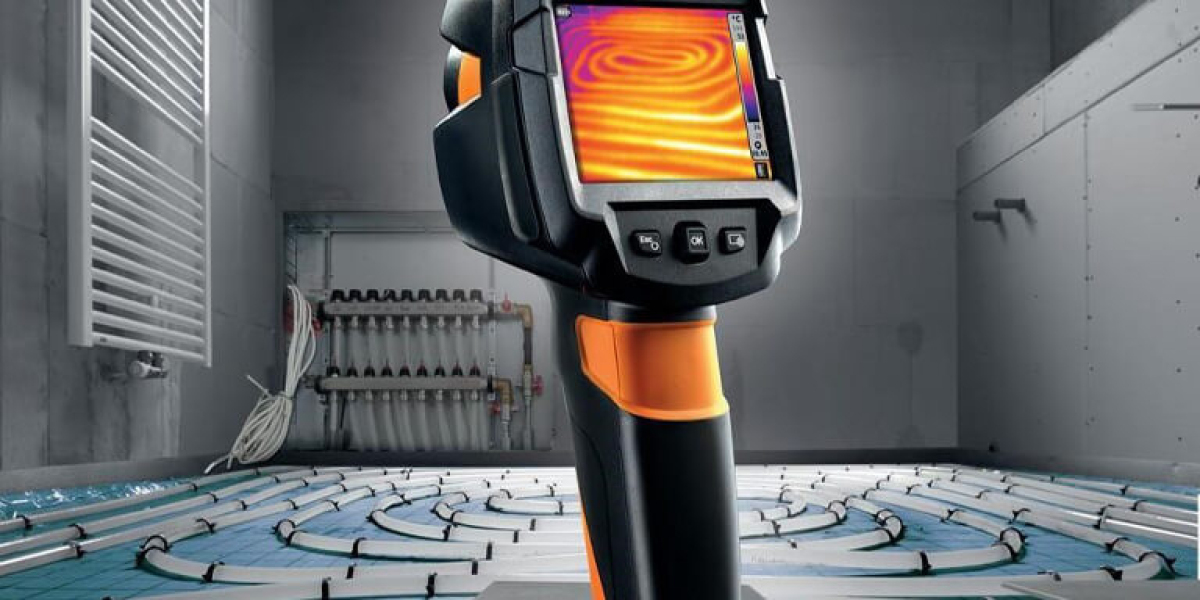In recent years, GPT technology in home security has emerged as a groundbreaking innovation, reshaping how we approach surveillance and safety. This advanced technology leverages artificial intelligence to enhance the capabilities of traditional security systems, providing homeowners with smarter, more efficient solutions.

Understanding GPT Technology in Home Security
What exactly is GPT technology? At its core, GPT (Generative Pre-trained Transformer) is a type of artificial intelligence that processes and generates human-like text based on the input it receives. In the context of home security, this technology can analyze vast amounts of data from security cameras, sensors, and other devices to deliver actionable insights.
Key Features of GPT Technology in Home Security
- Real-time Analysis: GPT technology can analyze video feeds in real-time, identifying unusual activities and alerting homeowners immediately.
- Enhanced Communication: With natural language processing capabilities, GPT can facilitate seamless communication between users and their security systems.
- Predictive Analytics: By learning from historical data, GPT can predict potential security threats, allowing homeowners to take proactive measures.
- Personalized Alerts: Homeowners can receive tailored notifications based on their specific security needs and preferences.
The Benefits of Integrating GPT Technology in Home Security
Integrating GPT technology in home security offers numerous advantages. For instance, it significantly reduces false alarms by accurately distinguishing between normal and suspicious activities. This capability not only saves time but also enhances the overall reliability of the security system.
Moreover, the ability to communicate in natural language means that users can interact with their security systems more intuitively. Imagine asking your security camera, "What happened while I was away?" and receiving a detailed report of any unusual activities. This level of interaction transforms the user experience, making home security more accessible and user-friendly.
Challenges and Considerations
While the benefits are substantial, there are also challenges associated with implementing GPT technology in home security. Privacy concerns are paramount; as these systems collect and analyze personal data, ensuring that this information is protected is crucial. Additionally, the technology must be continuously updated to adapt to evolving security threats.
The Future of Smart Surveillance
As we look ahead, the potential for GPT technology in home security is immense. With ongoing advancements in AI and machine learning, we can expect even more sophisticated security solutions that not only protect our homes but also enhance our daily lives. Homeowners should stay informed about these developments to make educated decisions regarding their security systems.
For those interested in exploring the latest innovations in AI and security, consider visiting  . This resource provides valuable insights into how AI is shaping various industries, including home security.
. This resource provides valuable insights into how AI is shaping various industries, including home security.
Conclusion
In conclusion, GPT technology in home security is not just a trend; it represents the future of smart surveillance. By enhancing the capabilities of traditional security systems, this technology offers homeowners peace of mind and a greater sense of control over their safety. As we continue to embrace these advancements, the landscape of home security will undoubtedly evolve, making our homes safer than ever before.








